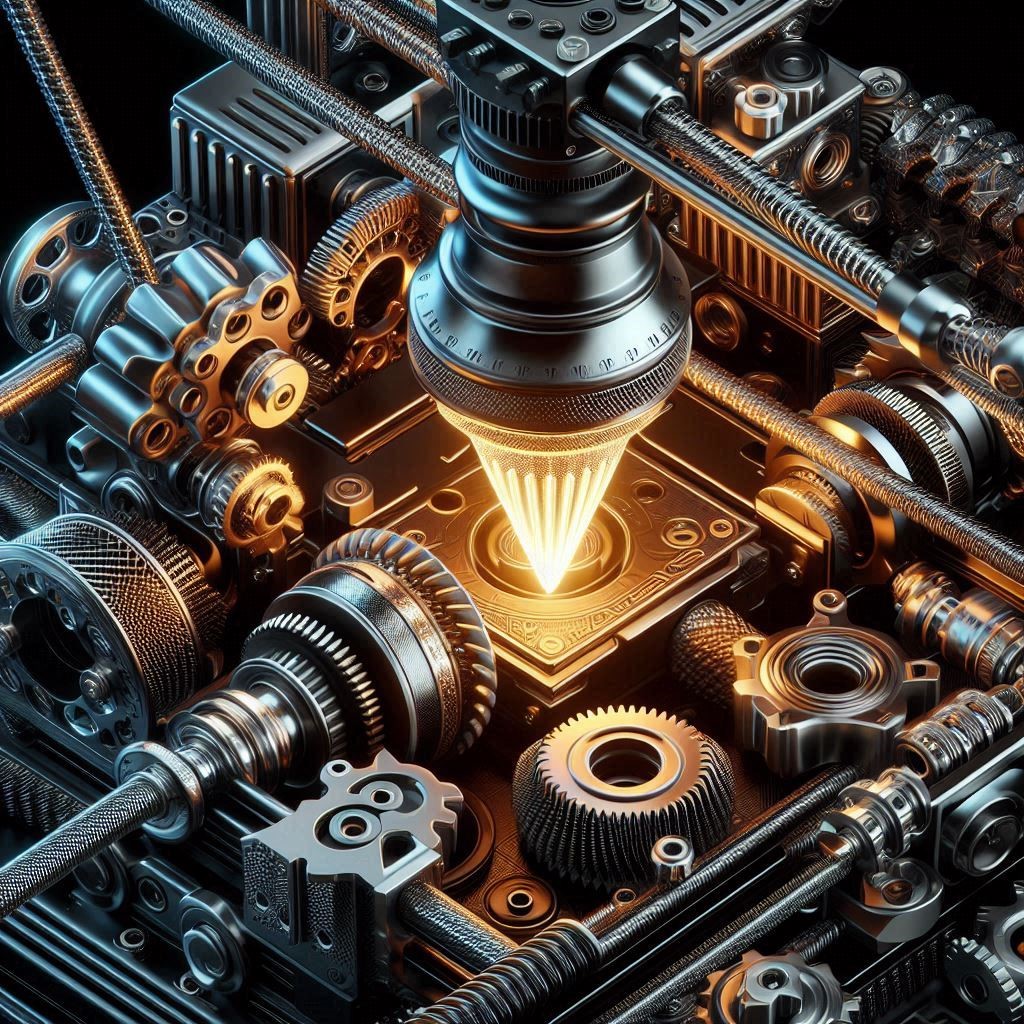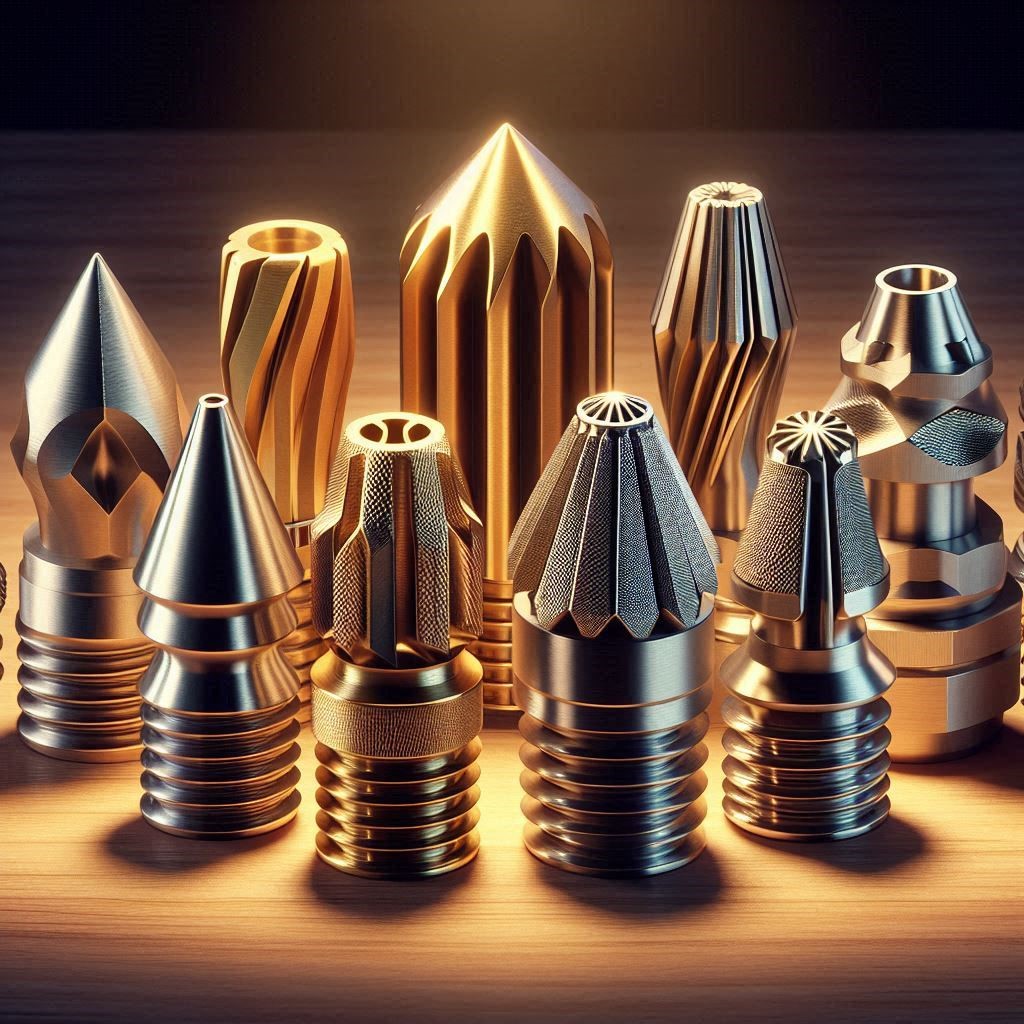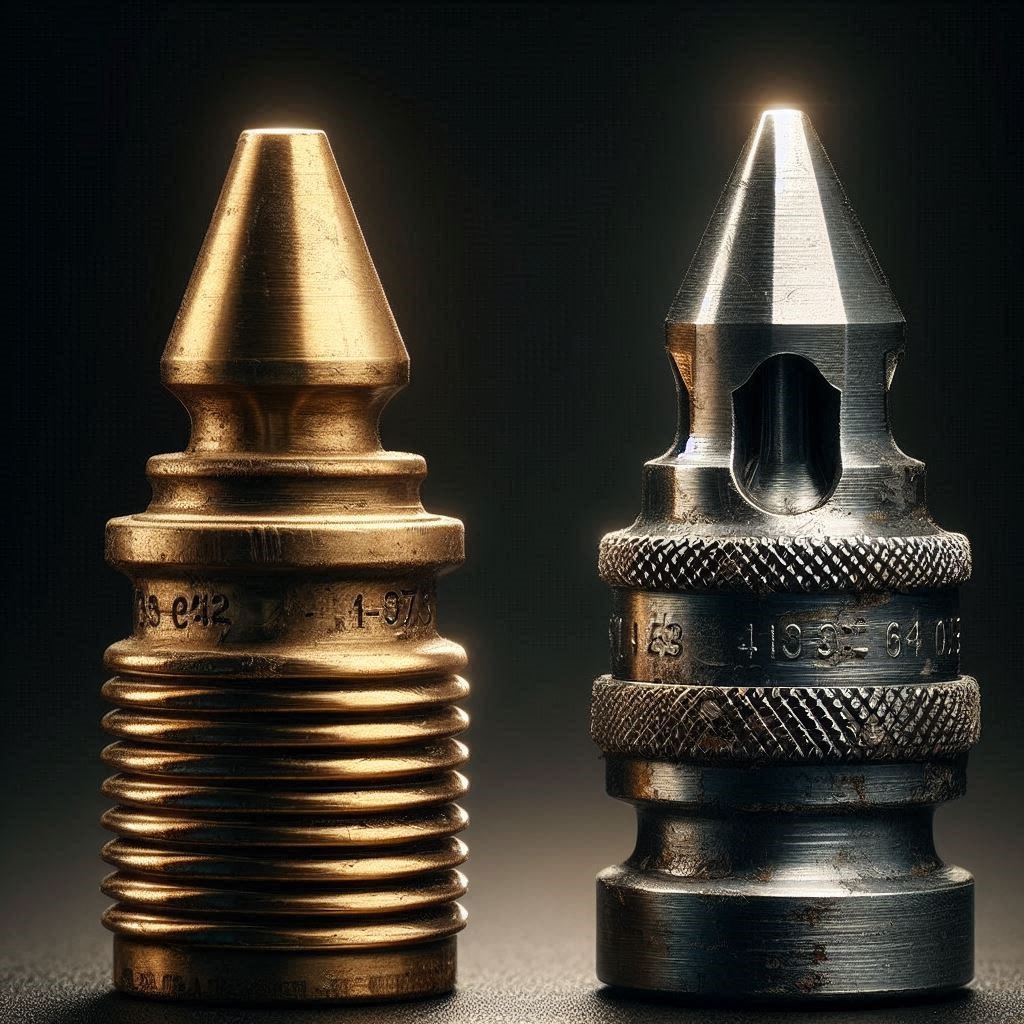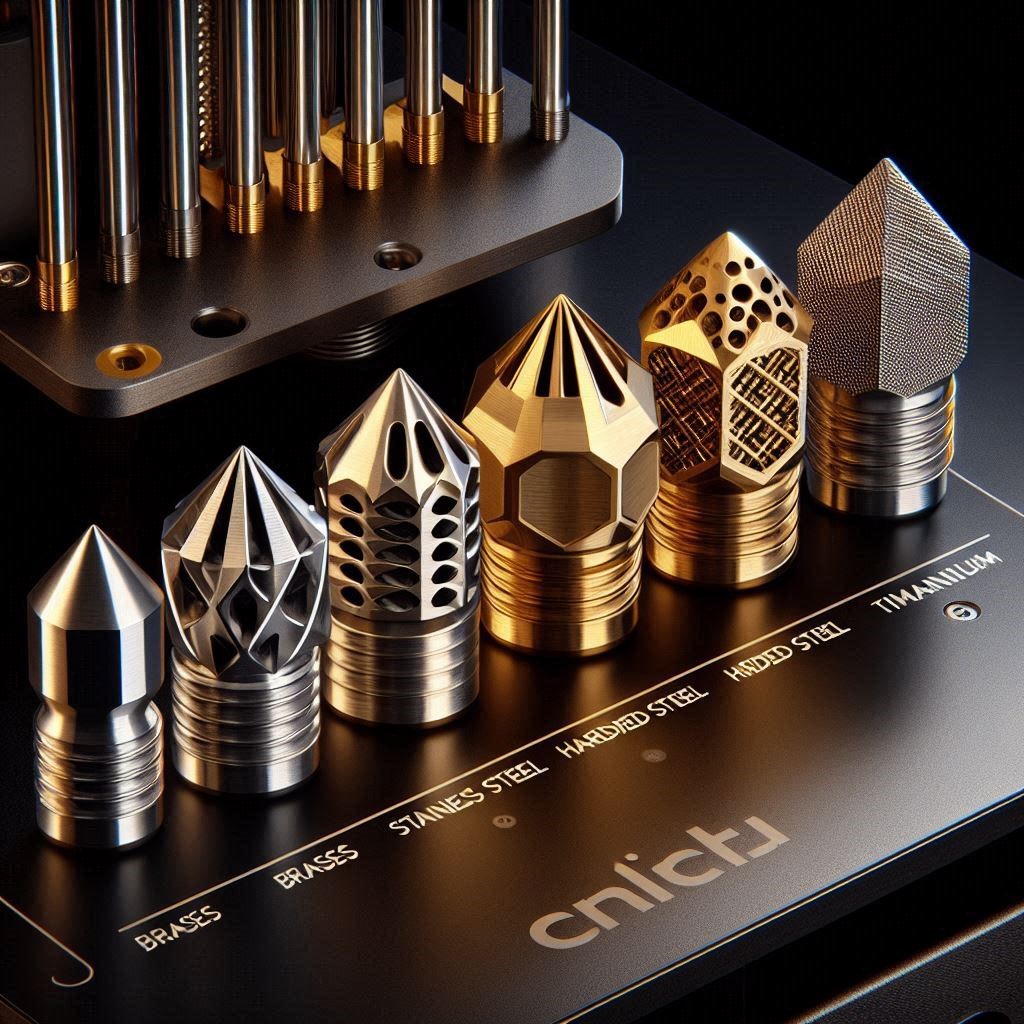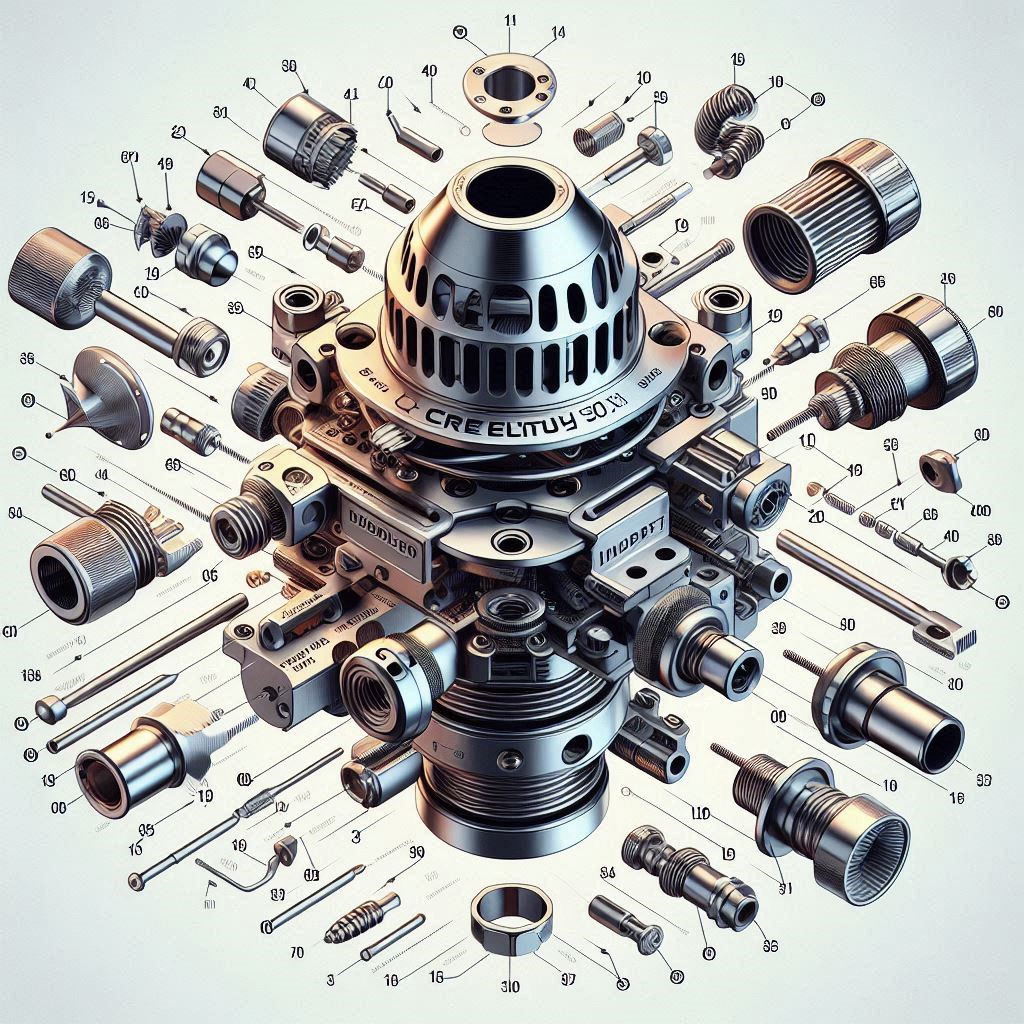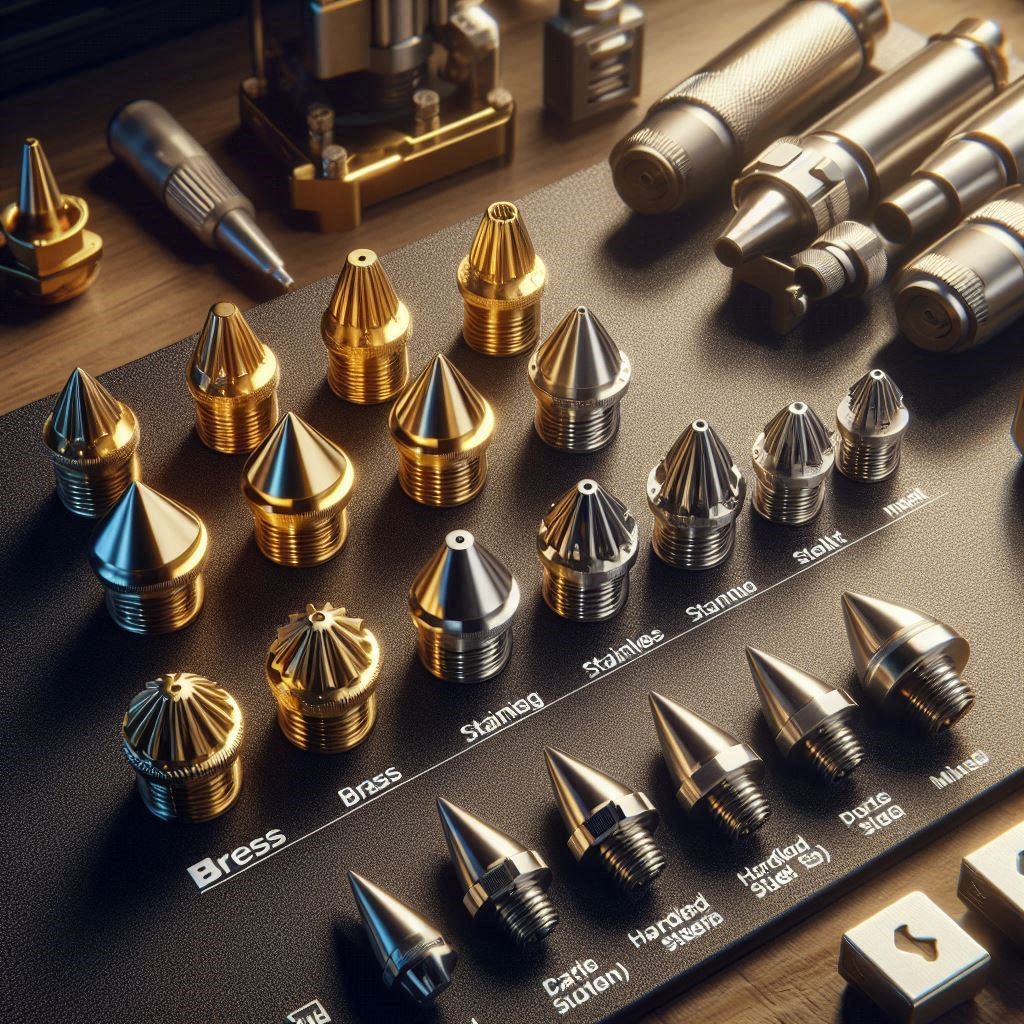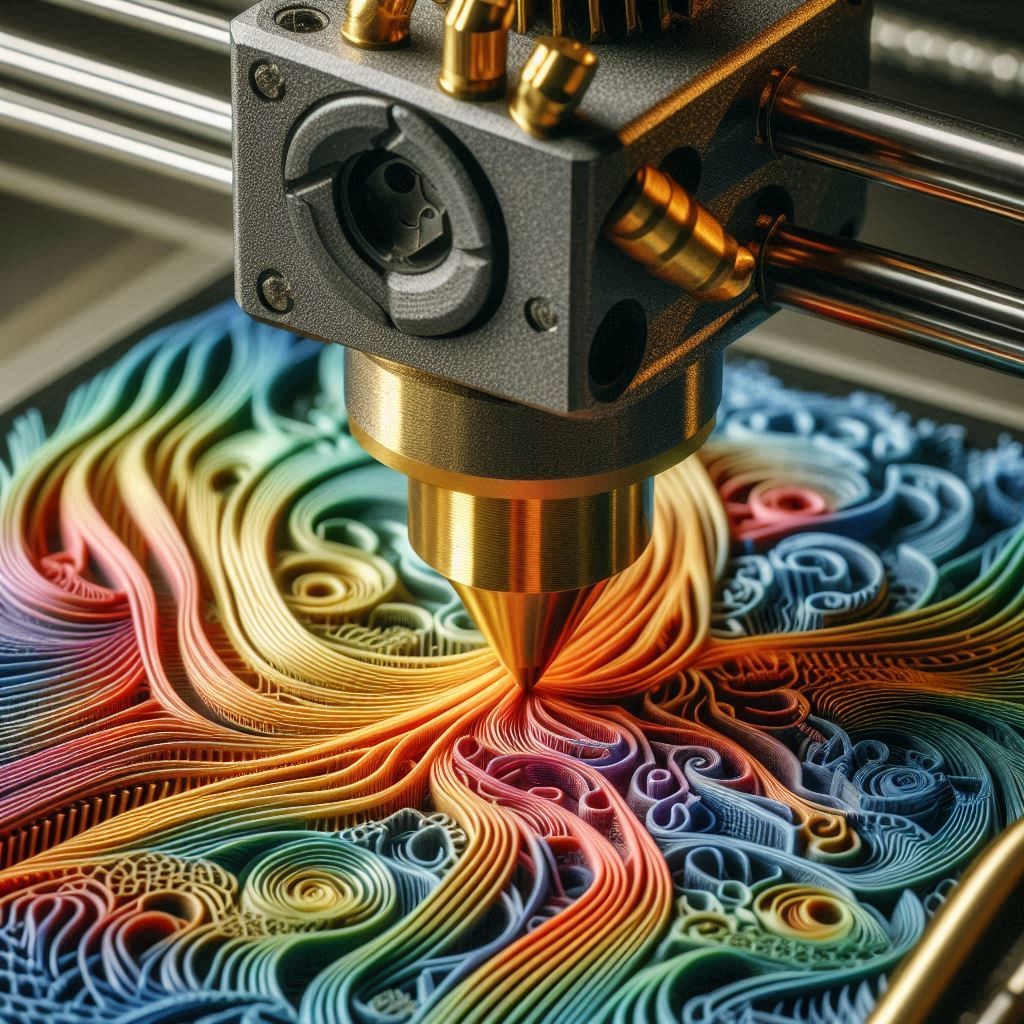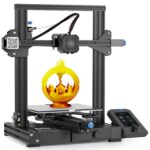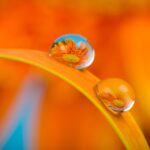The Creality Ender 3 has become one of the most popular 3D printers in the world, and for good reason. It offers an affordable price point, a solid build, and a high degree of customization. One of the most important components of any 3D printer is the nozzle, and choosing the best nozzle for your Ender 3 can make a significant difference in print quality, speed, and material compatibility.
In this article, we will explore everything you need to know about selecting the best nozzle for your Creality Ender 3, including nozzle types, materials, recommended sizes, and top brands.
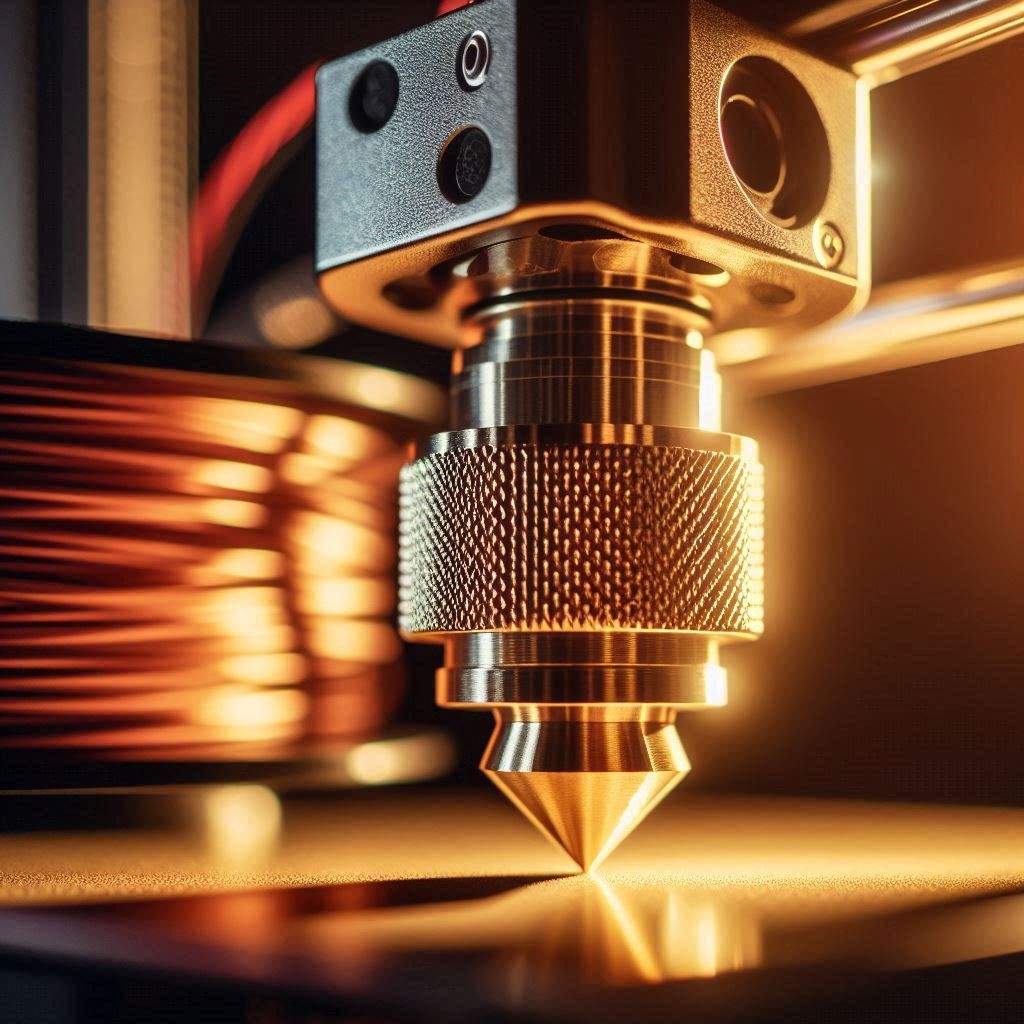
Understanding the Nozzle’s Role in 3D Printing
Before diving into which nozzles are best for your Ender 3, it’s important to understand what the nozzle does. The nozzle is the final point through which filament flows as it is extruded onto the build plate. Its main job is to control the flow of material, enabling you to create detailed prints with precise layers.
Several factors influence the choice of nozzle, including the type of filament, the level of detail needed, and the desired print speed. A good nozzle ensures smooth extrusion, reduces clogging, and contributes to high-quality print finishes.
Types of Nozzles for the Creality Ender 3
1. Brass Nozzles
Brass is the default material for most 3D printer nozzles, including the ones that come with the Creality Ender 3. Brass nozzles are cost-effective, reliable, and offer excellent thermal conductivity. They heat up quickly and evenly, making them ideal for most common filament types like PLA, ABS, and PETG.
Pros:
- Excellent heat conductivity for faster printing
- Affordable and easy to find
- Works well with standard filaments (PLA, ABS, PETG)
- Smooth surface for reducing clogging
Cons:
- Wear and tear faster with abrasive filaments like carbon fiber or glow-in-the-dark filaments
- Not ideal for high-temperature filaments like nylon or polycarbonate
Best for: General-purpose printing with non-abrasive filaments.
2. Stainless Steel Nozzles
Stainless steel nozzles are a more durable alternative to brass nozzles. While they don’t have the same level of thermal conductivity as brass, they are more resistant to wear, making them an excellent choice for printing with abrasive filaments like carbon fiber, metal-infused filaments, or glow-in-the-dark materials.
Pros:
- More durable than brass, ideal for abrasive filaments
- Corrosion-resistant
- Can be used for a variety of filaments
Cons:
- Slower heating time due to lower thermal conductivity
- More prone to clogging if not carefully maintained
Best for: Printing with abrasive filaments or high-temperature materials.
3. Hardened Steel Nozzles
Hardened steel nozzles are designed for heavy-duty use. They are highly resistant to abrasion and wear, making them perfect for printing with highly abrasive materials like carbon fiber, metal-infused filaments, or glass-filled filaments. While they are typically more expensive, their longevity makes them a worthwhile investment if you print with tough materials regularly.
Pros:
- Extremely durable and resistant to abrasion
- Ideal for abrasive filaments like carbon fiber, glass, and metal composites
- Longer lifespan compared to brass or stainless steel
Cons:
- Slower heat-up times than brass nozzles
- Can be more expensive
- May cause slight issues with print quality if not properly calibrated
Best for: Printing with highly abrasive or composite filaments.
4. Copper Nozzles
Copper nozzles are rare but worth considering if you need high thermal conductivity. These nozzles heat up quickly and offer better heat distribution than steel or brass nozzles, making them ideal for demanding prints that require consistent temperatures. Some copper nozzles also come with a nickel coating to improve durability and reduce wear.
Pros:
- Excellent heat conductivity
- Provides even extrusion for precise prints
- Durable, especially when coated with nickel
Cons:
- More expensive than brass nozzles
- Not as abrasion-resistant as hardened steel nozzles
Best for: High-precision printing where rapid heating is essential.
5. Titanium Nozzles
Titanium nozzles are another high-end option for users looking for maximum performance. Titanium has excellent heat resistance, making it suitable for high-temperature filaments such as polycarbonate or nylon. Like hardened steel, titanium nozzles are highly durable and resistant to wear.
Pros:
- Extremely durable and resistant to wear and corrosion
- Great for high-temperature filaments
- High resistance to thermal degradation
Cons:
- Expensive compared to other options
- Slower to heat up
- Requires careful calibration due to material properties
Best for: Users printing with high-temperature filaments or those needing the most durable option.
Nozzle Sizes: What’s the Best Size for Ender 3?
Nozzle sizes vary, with the most common being 0.4mm. However, the ideal size depends on your specific printing needs, so understanding the different sizes available will help you decide.
0.4mm Nozzle (Default)
The 0.4mm nozzle is considered the standard for the Creality Ender 3. It strikes a balance between speed and detail, offering reasonable print speeds while still providing good resolution. Most users will find the 0.4mm nozzle to be sufficient for general-purpose printing with standard filaments.
Pros:
- Good balance of speed and detail
- Suitable for most filament types
- Minimal retraction and stringing issues
Cons:
- Not the best for ultra-fine details or super-fast prints
Best for: General-purpose printing with PLA, PETG, and ABS.
0.2mm Nozzle
The 0.2mm nozzle is an excellent choice for high-detail prints where precision is key. It allows for thinner layers, which results in smoother finishes and more intricate designs. However, it requires more time to print due to the reduced material flow, and the risk of clogs increases, especially when printing with less than ideal filament quality.
Pros:
- High precision and fine detail
- Great for small, detailed models like miniatures
Cons:
- Slower printing speeds
- Higher risk of clogs, especially with low-quality filaments
Best for: High-detail prints like miniatures or small-scale models.
0.6mm and 0.8mm Nozzles
The 0.6mm and 0.8mm nozzles are suitable for faster prints, offering more material flow and reducing print times. These sizes are particularly useful when printing larger models, where layer height is less important than speed. However, using these nozzles might result in slightly less detail than smaller ones, so they’re not the best choice for intricate designs.
Pros:
- Faster print speeds
- Larger layers for quicker builds
- Better for functional parts or larger models
Cons:
- Lower resolution and less detail in prints
- Requires more filament
Best for: Larger parts or prints requiring quicker turnaround.
Best Nozzle Brands for Creality Ender 3
1. E3D Nozzles
E3D is a well-known brand that produces high-quality nozzles for 3D printers. Their nozzles, particularly the brass and hardened steel varieties, are highly recommended for the Ender 3 due to their durability and performance. The E3D V6 nozzle, for example, is designed to provide consistent extrusion and a smooth surface.
Best for: High-quality prints, durability, and reliability.
2. Micro Swiss Nozzles
Micro Swiss is another popular brand among 3D printing enthusiasts, known for their precision-engineered nozzles. Their all-metal hotends and nozzles are a great upgrade for the Creality Ender 3, particularly for users who want to print with higher temperature materials.
Best for: Those upgrading their hotend and needing reliable, durable nozzles for a variety of materials.
3. Creality OEM Nozzles
Creality’s own nozzles are often regarded as reliable and reasonably priced, making them a solid choice for users looking to replace a worn-out or damaged nozzle without spending too much. The Creality-branded nozzles come in various sizes and materials and are designed to work seamlessly with the Ender 3.
Best for: Budget-conscious users looking for a direct replacement nozzle.
4. Muzhi Nozzles
Muzhi nozzles are gaining popularity due to their affordable pricing and compatibility with the Creality Ender 3. These nozzles are made from durable materials like stainless steel and hardened steel and are designed for a variety of filament types, including standard and abrasive filaments
Best for: Cost-effective, durable nozzles for standard or tough filament types.
Conclusion
Selecting the best nozzle for your Creality Ender 3 depends on your specific printing needs. If you print mostly with PLA and other non-abrasive filaments, a brass nozzle in the 0.4mm size is likely your best option. For users who print with abrasive or high-temperature filaments, hardened steel, stainless steel, or even titanium nozzles may be more suitable.
No matter which nozzle you choose, be sure to maintain it regularly to ensure smooth printing experiences
